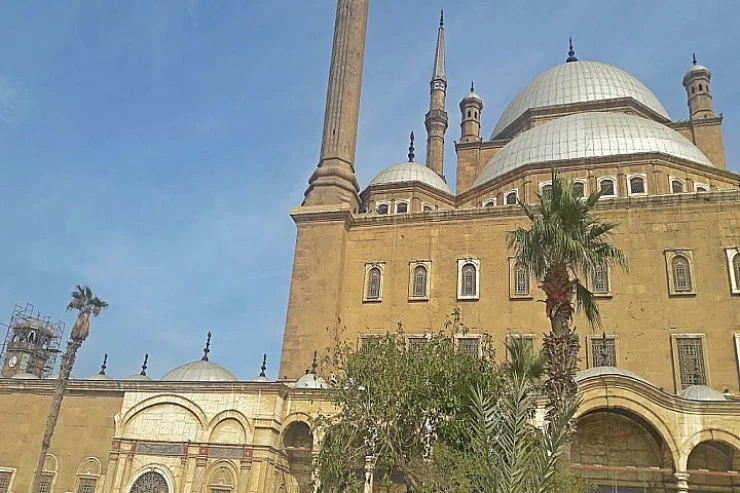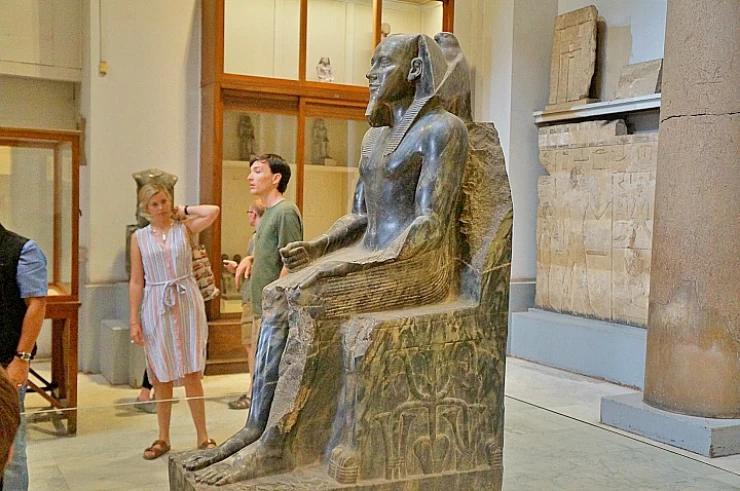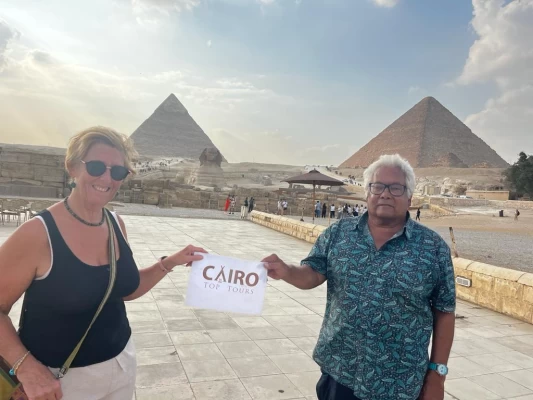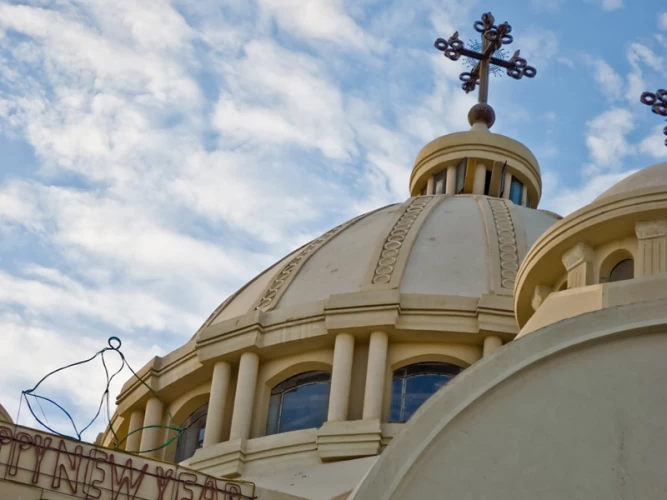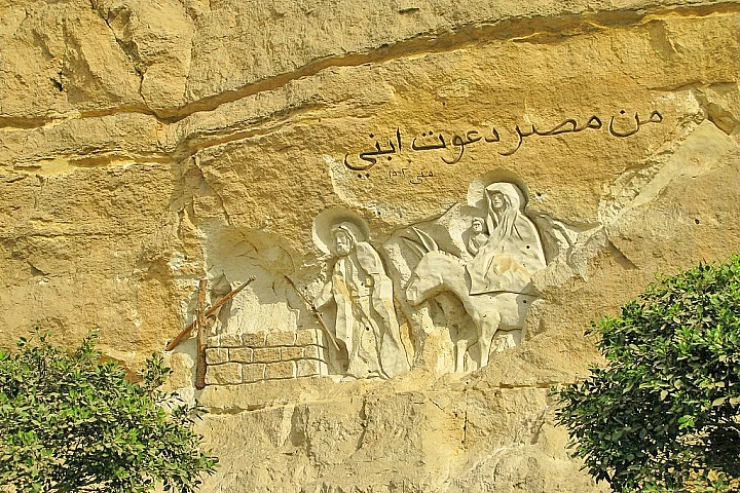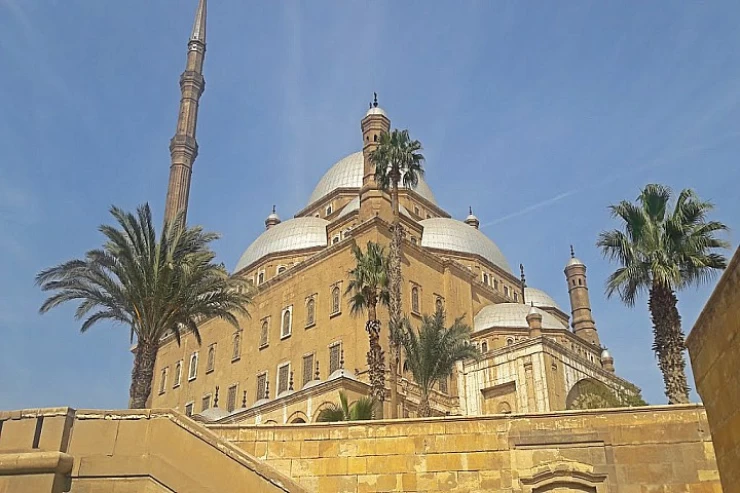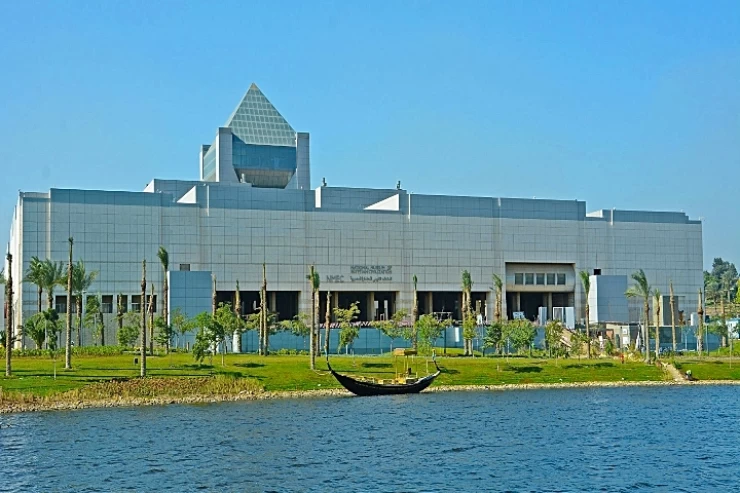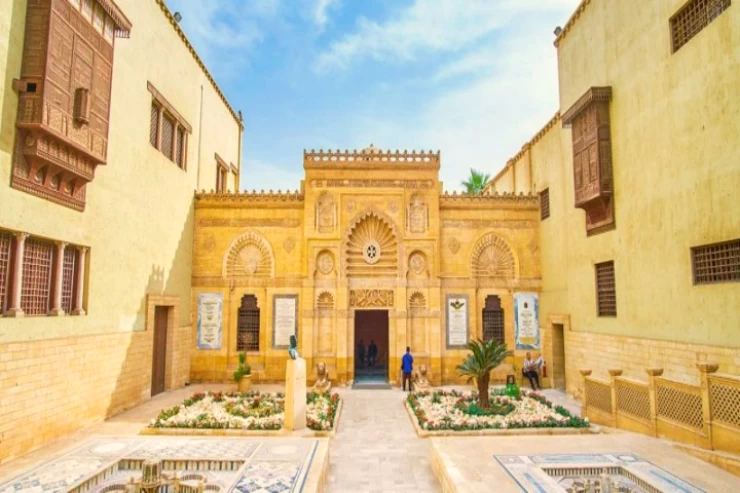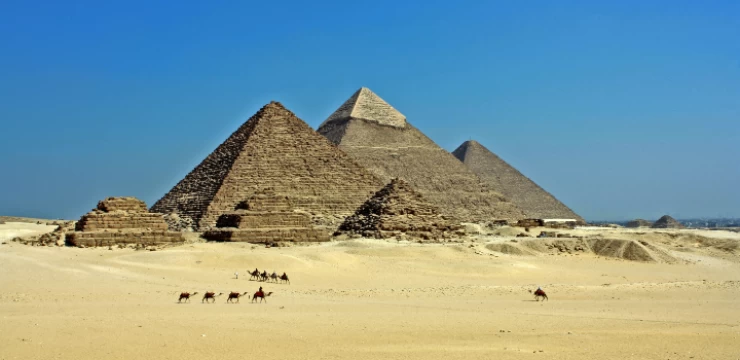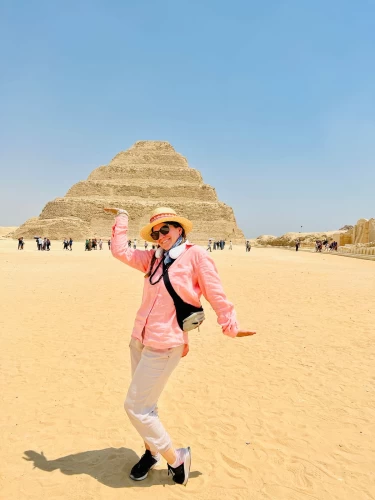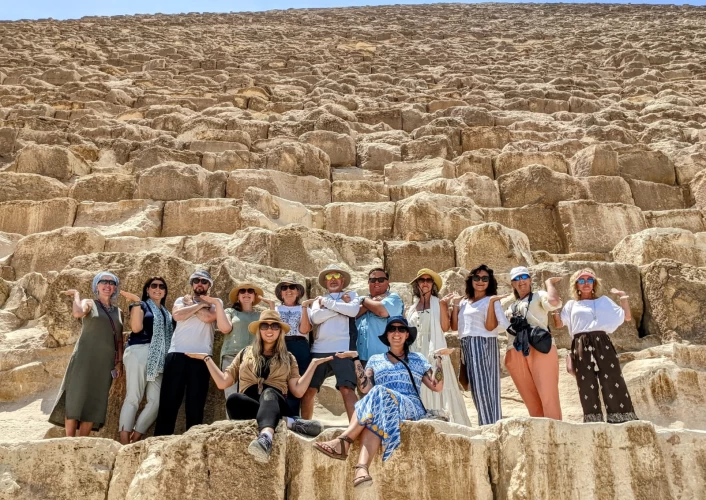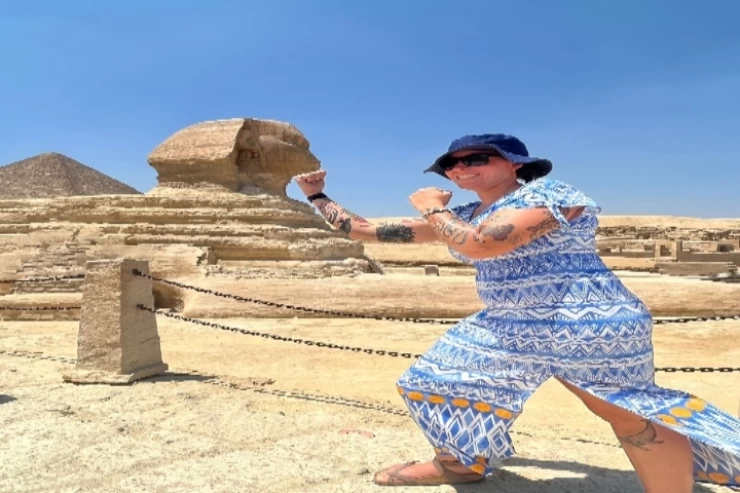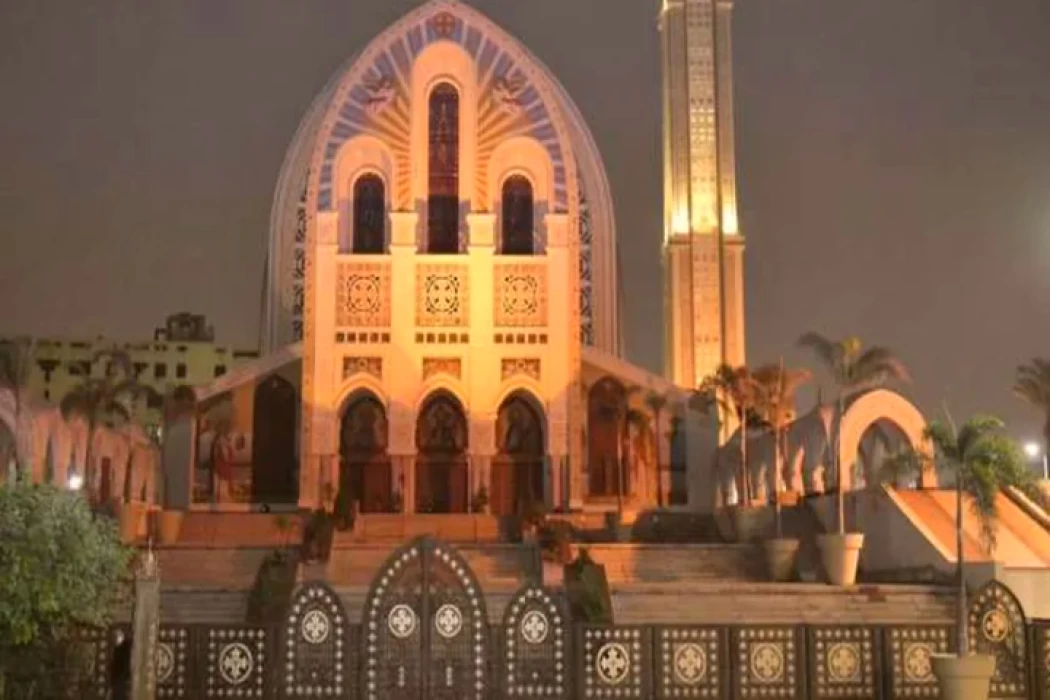
Coptic Cathedral in Abbasiya
The St. Mark's Church in Abbasiya is one of the most important ecclesiastical castles in the Middle East, and it has a great place in the hearts of the Copts, as there is a special cemetery for St. Mark Carus (preacher) in the Egyptian homes.
Mark's remains were returned from the Cathedral of San Marco in Venice, Italy, which were received by a papal delegation headed by Anba Morcos, Metropolitan of Abotig, from Pope Paul VI - Pope of the Vatican - on June 22, 1968.
The history of St. Mark's Church goes back 50 years, specifically in 1968, after it was established during the reign of the late Pope Cyril VI, and in the presence of the late President Gamal Abdel Nasser and Emperor Haile Selassie of Abyssinia.

Gamal Abdel Nasser
The cathedral was built on an area of 6,200 square meters and was the largest cathedral in the Middle East at the time. Its establishment cost about 350,000 Egyptian pounds. The late President Gamal Abdel Nasser contributed 167,000 pounds, which he made a donation to the church.
The cathedral was designed in the form of a cross, designed by the famous architect Michel Bakhoum, and its construction was carried out by the General Nile Company for Reinforced Concrete.
The opening day of St. Mark's Church was busy, as President Gamal Abdel Nasser attended the inauguration, which was held next to the new cathedral, accompanied by Emperor Haile Selassie, Hussein El-Shafei, Vice President of the Republic, Anwar El-Sadat, Speaker of the National Assembly, and Abdel-Khaleq Hassouna, Secretary-General of the League of Arab States.
Archdeacon Fouad Shafik, one of the contemporaries of the establishment of the cathedral in 1968, attended the inauguration of the renovation work of the cathedral last year. He also participated in the enthronement mass of His Holiness Pope Tawadros II. The renovation work inside and outside the cathedral, as well as the cathedral’s own lighthouse, included the weight of the iron used to reach 160 tons, and it included 200 icons.
Latest Articles
Admin
Seabourn Sojourn Cruise Stops in Safaga Port
The Seabourn Sojourn, the flagship vessel of Seabourn Cruise Line's ultra-luxury fleet, was built in 2008 at the T. Mariotti shipyard in Genoa, Italy. Measuring 198 metres, it can accommodate up to 450 guests in its 225 spacious all-suite staterooms.
Admin
Norwegian Sky Cruise Stops in Safaga Port
Norwegian Cruise Line operates a cruise ship called the Norwegian Sky. It was constructed in 1999 and can accommodate 2,004 passengers in addition to 878 crew members. The ship has several dining establishments, lounges and bars, a spa and fitness center, swimming pools, and a number of entertainment areas.
Admin
Explora II Cruise Stops in Safaga Port
Explora II, the second vessel in the Explora Journeys fleet, sets sail in 2024 to redefine luxury cruising. With 461 ocean-front suites, 9 culinary experiences, and 4 pools, this haven of sophistication and sustainability promises an unforgettable "Ocean State of Mind" journey to inspiring destinations.
Admin
Mein Schiff 6 Cruise Stops in Safaga Port
The Mein Schiff 6 is the latest cruise ship in the renowned TUI Cruises fleet, offering passengers a luxurious and sophisticated cruise experience. At 315 metres long, this floating resort features a range of dining options, entertainment, and recreational facilities, including a spa, fitness centre, and sports amenities.
Admin
Mein Schiff 4 Cruise Stops in Safaga Port
When the Mein Schiff 4 cruise ship docks in Safaga, Egypt, passengers are granted access to a realm of ancient wonders. Aboard this state-of-the-art vessel, guests can embark on meticulously curated shore excursions that showcase the region's most iconic landmarks, including the Giza Pyramids, the enigmatic Sphinx, and the remarkable tombs and temples of the Valley of the Kings in Luxor.
Admin
MS Europa Cruise Stops in Safaga Port
The Silver Moon, Silversea's latest flagship, is a luxury cruise ship that offers an exceptional travel experience for Venezuelans exploring Egypt. With a capacity of 596 guests and an impressive 40,700 gross tonnes, the Silver Moon maintains the small-ship intimacy and spacious all-suite accommodations that are the hallmarks of the Silversea brand.






